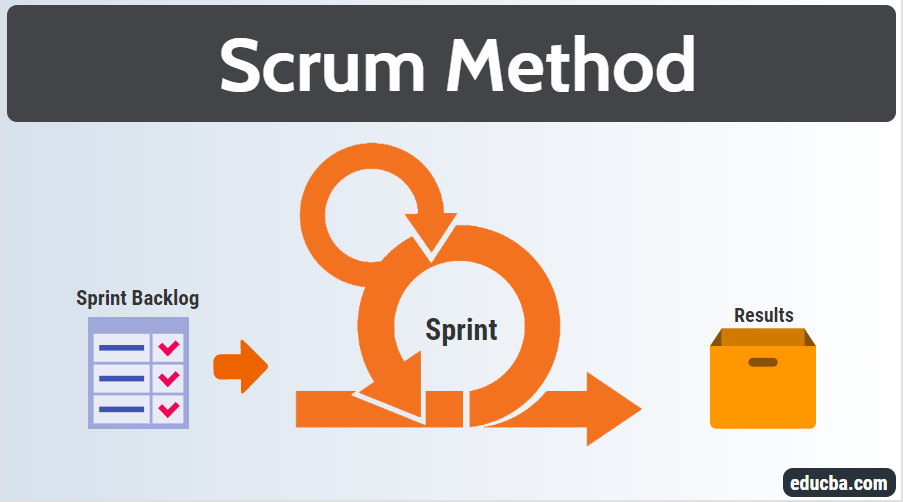We operate all processes through agile flow.
Agile project management
Agile project management is an iterative approach to software development projects and ensures feedback can be acted on quickly and that responsive changes can be made at each stage of a sprint or product cycle.
This allows project teams to adopt agile project management methodologies to work quickly and collaboratively within the timeframe and budget of a project.

Core value of agile
As mentioned above, the earliest agile project management methods focused on software, and the Agile Manifesto was created by software developers. So you’ll see that word, and other related terms like “developers” and “customers”, throughout.
But don’t feel limited by that.
Whether you’re creating software or something totally different (like a marketing campaign), there are lots of takeaways you can apply, no matter what industry you’re working in.
The original Agile Manifesto declares that agile has 4 core values:
Individuals and interactions over processes and tools.
Working software over comprehensive documentation.
Customer collaboration over contract negotiation.
Responding to change over following a plan.
These core values are at the heart of all agile project management approaches, informing everything from standard ways of working to the 12 agile project management principles.
What becomes clear from the core values is that agile approaches are, above all, collaborative and people-driven.
That applies not only to the working processes (progress is made through “individuals and interactions” and “customer collaboration”, putting the human element front and center), but also to the finished products. That is, the goal is to create something functional that delivers the most value to the end-user.
Definition of agile
If this all sounds very software development focused, don’t worry. Many agile project management methodologies were developed with software in mind, but the core agile values and agile project management principles are useful to many different types of team, from product teams to marketing teams.
Knowing the history of agile project management (or at least the summary of it outlined above) can help to give context some of the terminology and processes that still characterize agile project management, and which we’ll be looking at in more detail shortly when we break down the Agile Manifesto in more detail.
But if you’re just looking for a definition of agile project management now, rather than the backstory of what it used to be, here’s a useful agile project management definition.
Agile project management is a collaborative, iterative project management approach that incorporates continuous testing and responsiveness to change.
Sound good? Let’s circle back to the Agile Manifesto to learn more about the core values and principles you can use to guide any agile project.

What are the benefits of agile project management?
Agile project management can seem like it’s just a trendy project management methodology du jour, but it’s proven itself to be more than just a flash in the pan.
That’s because the results speak for themselves. Agile project management principles have allowed teams of all types to work more iteratively and flexibly, empowering them to adapt to their project’s shifting requirements and deliver faster.
Here are some of the most commonly-reported benefits of agile project management.
One of the greatest benefits of agile methods is the ability to manage changing priorities. With agile’s iterative approach and emphasis on continuous feedback, you can get the data you need during the development process, not after, allowing the team to make more impactful choices based on actual conditions, not just predicted conditions.
And with designated short sprint cycles, clearer project visibility, and regular reporting updates, teams can improve project predictability and reduce risk.

Agile vs. Scrum
Scrum is undoubtedly one of the most popular agile methodologies used today, with a whopping 72% of respondents to the most recent State of Agile Report saying they use “Scrum or a hybrid that includes Scrum”.
Like other agile project management methodologies, Scrum abides by the main agile values and principles (iterations, responsiveness to change, all that good stuff discussed above).
